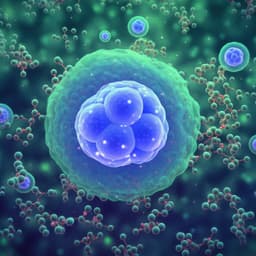
Medicine and Health
Al-based automation of enrollment criteria and endpoint assessment in clinical trials in liver diseases
J. S. Iyer, D. Juyal, et al.
Discover the transformative potential of AIM-MASH, an innovative AI-based tool designed to enhance histologic scoring in metabolic dysfunction-associated steatohepatitis (MASH) clinical trials. Developed by a team of experts, AIM-MASH not only achieves reproducible predictions but also aligns closely with consensus scores, reducing inter-rater variability and providing a more sensitive measure of patient responses.
Playback language: English
Related Publications
Explore these studies to deepen your understanding of the subject.







